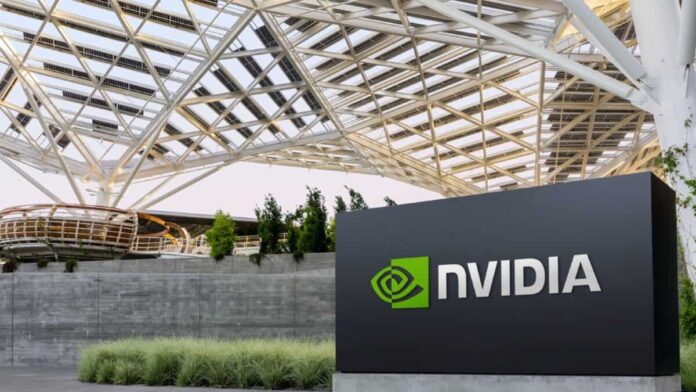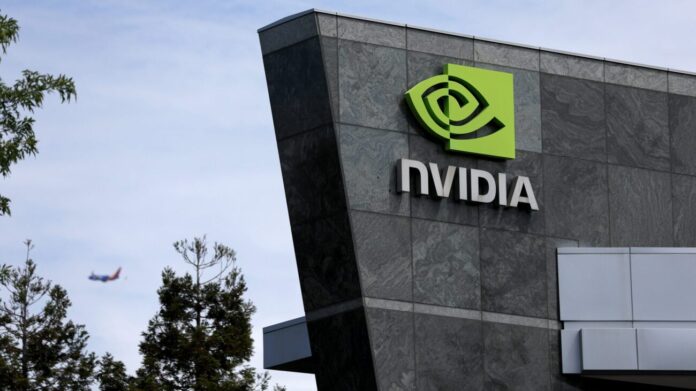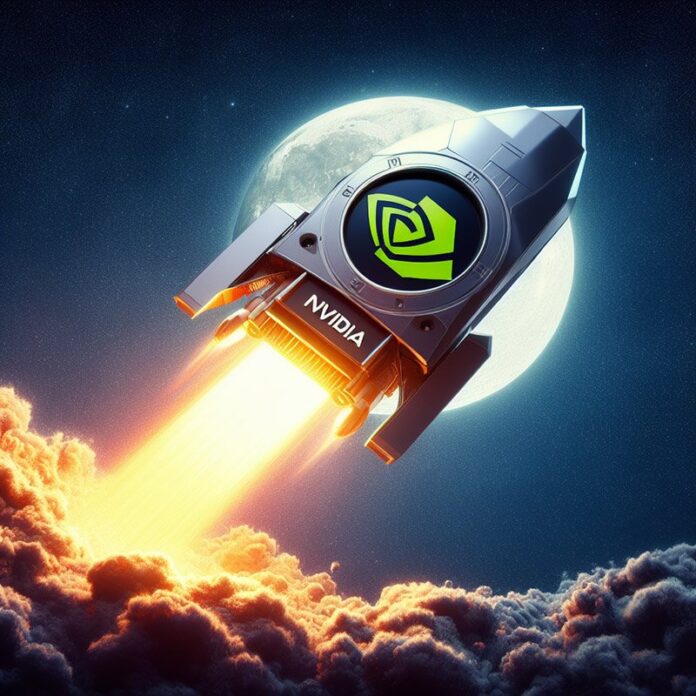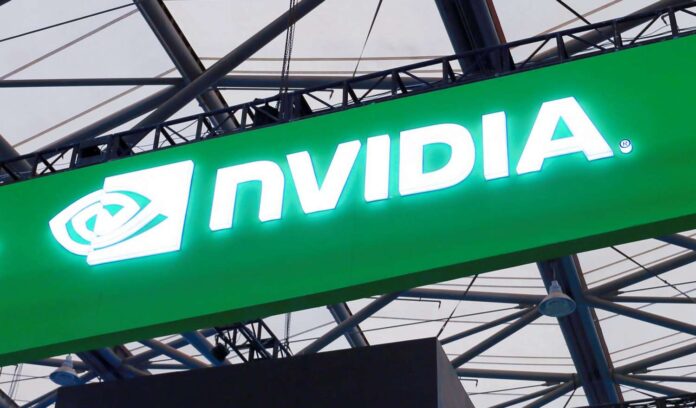Nvidia, a titan in the artificial intelligence (AI) chip market, recently announced a forecast that stunned the industry: a projected revenue increase that far exceeds expectations, thanks to the insatiable demand for its AI chips. This bold prediction spurred a 10% spike in Nvidia’s stock price after hours, underscoring the company’s robust standing in the tech world. Nvidia’s success story is not just about numbers; it’s a testament to the transformative power of AI technology and its growing influence across various sectors. As businesses and consumers alike increasingly rely on AI for advancements and efficiencies, Nvidia’s pivotal role in this technological revolution becomes ever more apparent, setting the stage for an intriguing future.
Nvidia’s AI Chips: Fueling the Tech Boom
Nvidia’s data center chips and GPUs are at the forefront of the AI boom, with demand skyrocketing as companies race to bolster their AI capabilities. This surge is propelled by Nvidia’s unparalleled expertise in the AI chip market, where it has established dominance with high-profile clients like Microsoft. The company’s chips are not just components; they are the backbone of AI innovations, enabling breakthroughs in machine learning, data analysis, and more. Nvidia’s leadership in this space is undisputed, reflecting a broader industry trend towards AI-driven technology and its potential to redefine the tech landscape.
Market Reaction and Analyst Insights

The market’s response to Nvidia’s earnings forecast was overwhelmingly positive, defying the high expectations and challenging macroeconomic conditions that many feared would dampen enthusiasm which will also be seen on their NVDA earnings report. Analysts have lauded Nvidia’s performance as a clear indicator of the AI sector’s vitality and its significance as a strategic focus for corporations worldwide. This acknowledgment from the financial community highlights the broader implications of Nvidia’s success, suggesting that the AI boom is more than just market hype—it’s a fundamental shift in how businesses invest in and leverage technology for competitive advantage.
Impact on Market Capitalization
The announcement of Nvidia’s earnings forecast had a remarkable effect on its market capitalization, adding over $129 billion in value and signaling a vote of confidence from investors. This uptick also positively impacted other AI-related companies, including chip designer Arm Holdings, contributing to a combined increase of $160 billion in stock market value for the sector. Such significant financial movements underscore the market’s bullish outlook on AI and its enabling technologies, positioning Nvidia and its peers as central figures in the ongoing tech revolution.
Revenue Growth Projections and Analyst Expectations
Nvidia’s ambitious projection of a 233% increase in first-quarter revenue not only surpasses Wall Street’s expectations but also sets a new precedent for growth in the tech sector. This forecast, significantly higher than the anticipated 208% growth, has sparked a lively debate among analysts regarding the long-term sustainability of such rapid expansion. Nvidia’s consistent ability to outperform estimates reflects its strategic acumen and the unyielding demand for its AI and data center technologies, suggesting a continued upward trajectory for the company and the industry at large.
Data Center Segment Leads Revenue
The data center segment, a critical revenue pillar for Nvidia, witnessed an astonishing 409% growth in the fiscal fourth quarter, eclipsing estimates and highlighting the sector’s reliance on Nvidia’s technology. This exponential increase, building on a 280% growth in the previous quarter, illustrates the escalating demand for AI capabilities across industries. Nvidia’s data center chips are integral to this growth, powering advancements in cloud computing, AI research, and more, thereby cementing the company’s status as a key driver of technological progress.
Supply Chain Improvements and Production Challenges

In response to the surging demand for its chips, Nvidia has been diligently working to enhance its supply chains. Despite these efforts, CEO Jensen Huang has candidly expressed the difficulties in fully matching demand with production in the short term. This challenge is emblematic of the broader issues facing tech manufacturers today, as they strive to balance the rapid pace of innovation with the practicalities of production and supply logistics. Nvidia’s transparency in addressing these challenges offers valuable insights into the complexities of sustaining growth in the fast-evolving tech industry.
The Role of Suppliers in Meeting Demand
A critical factor in Nvidia’s ability to meet demand lies in the capabilities of its suppliers, notably Taiwan Semiconductor Manufacturing Co. (TSMC). With expected improvements in TSMC’s advanced packaging capacity, Nvidia is poised to alleviate some of the central bottlenecks in delivering its chips to customers. This development is crucial for maintaining Nvidia’s growth momentum and underscores the importance of robust supplier relationships in the tech ecosystem. As Nvidia navigates these supply chain dynamics, its strategic partnerships will play a pivotal role in fulfilling the market’s appetite for AI technology.
Financial Performance and Future Margins
Nvidia’s financial achievements in the fourth quarter, surpassing revenue and earnings estimates, reflect the company’s strong market position and operational efficiency. Looking ahead, Nvidia anticipates a first-quarter adjusted gross margin of 77%, outperforming analyst expectations. This projection not only highlights Nvidia’s financial health but also its strategic pricing and cost management capabilities. As Nvidia continues to innovate and expand its product offerings, its financial performance will be a key indicator of its ability to maintain profitability and invest in future growth opportunities.

Nvidia’s Strategic Moves Amid Regulatory Challenges
Despite the optimistic financial outlook, Nvidia faces regulatory challenges, particularly in navigating trade restrictions with China, one of its largest markets. The company’s proactive engagement with antitrust regulators and discussions with the U.S. Commerce Department demonstrate its commitment to compliance and strategic market access. These efforts are crucial for sustaining Nvidia’s revenue growth and ensuring its continued leadership in the AI chip market. As regulatory landscapes evolve, Nvidia’s ability to adapt and strategically maneuver will be critical to its long-term success and influence in the global tech industry.
Nvidia’s earnings forecast paints a picture of a company at the forefront of the AI revolution, navigating the complexities of rapid growth, supply chain dynamics, and regulatory environments. As Nvidia continues to drive technological advancements and shape the future of AI, its journey offers valuable lessons and insights for the broader tech industry and its stakeholders.




